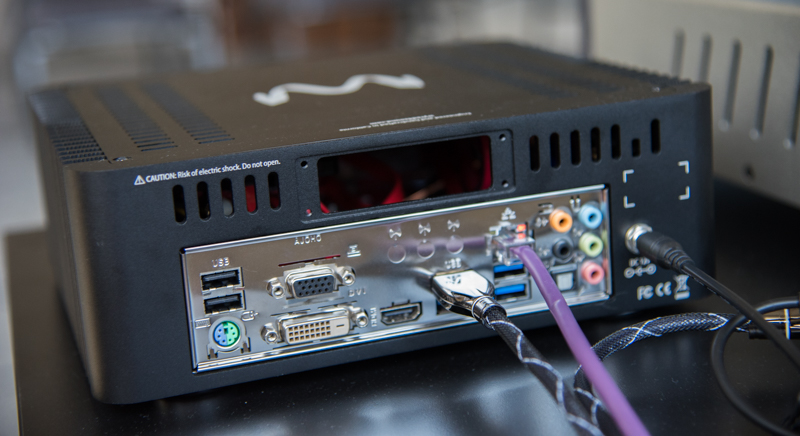
No dealer or factory support is required for adding drives you simply insert them into the bays and initialize them from the Server’s touchscreen. The Server has 2TB of internal SSD memory, with four expansion slots in the rear panel for adding drives. Choosing Roon as the music-management app is a good move it’s unlikely that a hardware manufacturer can develop a custom app that comes close to Roon’s tremendous power and fabulous user interface. The Server runs Roon Core internally, and is controlled by that state-of-the-art music-management app. The displays and front-panel controls differ slightly between the server and DAC, but you must look closely to see the differences. A front-panel, color touchscreen display provides for setup and control, and shows the album art of the music playing. Housed in a chassis nearly identical to that of the Reference DAC (but without the DAC’s two outboard power supplies), the Reference Server is virtually the Reference DAC’s visual twin. But it turns out that the $145,000 Reference DAC is only half of the equation Wadax has been developing proprietary new music-server technologies that go hand-in-hand with the DAC to elevate the sound of digital audio to unprecedented heights.Įnter the Wadax Reference Server reviewed here.

The Wadax Reference DAC, which I reviewed in Issue 312 and named our Overall Product of the Year Award-winner in 2020, set a new benchmark in digital sound quality in my experience. For those of you who object to the very existence of a such an expensive digital front end, consider that those wealthy customers who can afford the Wadax pair are subsidizing the R&D for the rest of us. Although it took a $200k+ pair of devices to prove the concept, it is my fervent hope-and Wadax’s intention-that the company will apply its technology to lower-priced products accessible to a wider range of music lovers. The Spanish company spent four years researching the techniques for extracting this musicality and for making even standard-resolution files vastly more enjoyable. Nonetheless, it took a device of the Wadax’s sophistication to reveal the true sound quality hidden within our digital files. That’s a breathtaking number for a digital front end by any measure. The unfortunate news is that, at $221,495, the Wadax duo is astronomically expensive. To say that this bodes well for the future of digital audio is an understatement. Quite apart from the Reference Server’s revelatory performance is the surprising and happy realization that many of digital’s sonic limitations are the result of decoding on playback rather than flaws permanently embedded in the music files. That device is the Wadax Atlantis Reference Music Server when driving the Wadax Atlantis Reference DAC. I would not have believed such a thing were possible unless I heard it for myself. But I have discovered a device that performs the astonishing feat of making any digital file sound almost like it had undergone a high-quality remastering. Unfortunately, we don’t have the ability to conjure up any album we choose for the remastered experience we must rely on whatever titles the reissue companies provide. As a result, you experience the music in a different and more profound way. You hear a newfound clarity each instrument or voice is distinct and sonically separate the bass suddenly has depth, texture, pitch, and nuance the treble is smooth and liquid rather than hard and metallic a murky haze gives way to crystalline clarity and there’s an ease and warmth that draw you into the music.

The best remastering jobs are transformative. To install, simply run the corresponding setup script in setup/ on a clean raspbian.M ost of us have experienced the thrill of hearing a favorite album in a fabulous remastering. I will be adding a process on the host that looks at zeroconf, provides an api to change snapclient - to server relationships and thus allow on-the fly regrouping. these setup scripts also configure the avahi daemon to announce the presence of the snapcast.

In the "setup" folder, you will find scripts to setup all dependencies on top of a minimal raspbian or armbian image, including docker and docker-compose. Snapclient is not running containerized (yet), since it needs an audiostack to work.

mopidy and snapserver don't directly interact with the hardware, so they can be easily containerized - as long as you can run docker on your SBC, you should be able to run these two. the basic idea is to have each player run a mopidy and a snapserver instance alongside the snapclient. This is a bit of glue to combine mopidy and snapcast into an easy-to-use and versatile combination for implementing open source multi-room audio.


 0 kommentar(er)
0 kommentar(er)
